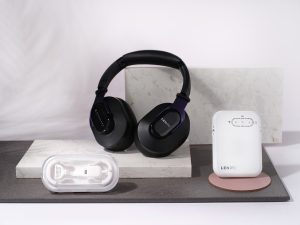Hear Every Moment This Festive Season
The festive season brings a wonderful mix of lively celebrations, family traditions, and moments of connection. Whether you’re gathered around a bustling Christmas table or enjoying a quiet catch-up with loved ones, these conversations are what make the season truly special. But for many people, hearing loss can quietly take away the joy of these […]







